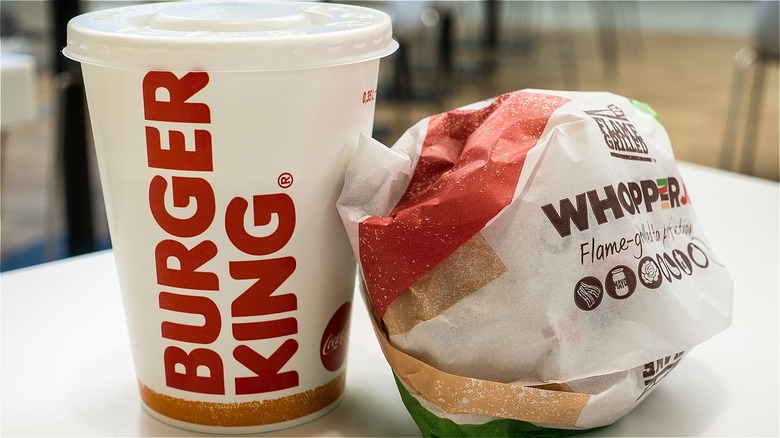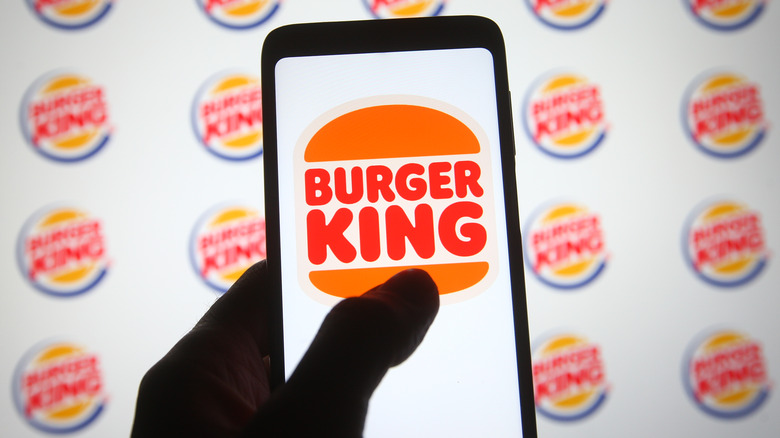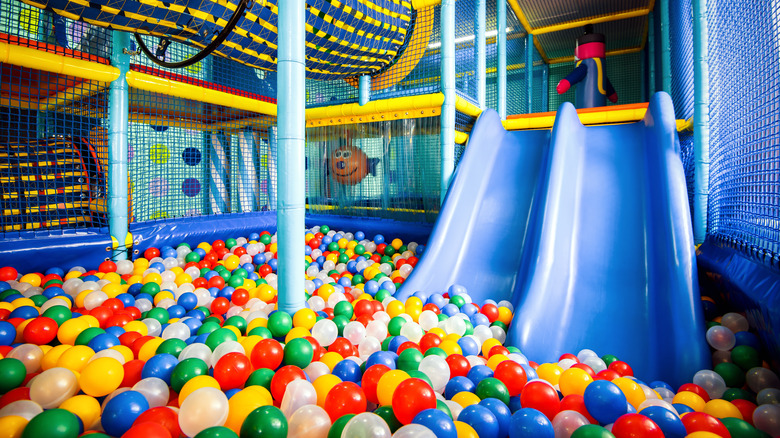Why Burger King Playgrounds Went Virtual
Remember when you were a kid and nothing excited you more about dining in a Burger King restaurant than spending half an hour in the playground? You didn't care that the slide gave you static hair or that you always bruised your knees when you crawled around in the tubes. You also didn't notice that the entire play area always smelled a little funky and was basically a germ magnet, although your parents certainly did.
Now that you're older, what you probably have noticed is that these indoor playgrounds that made your childhood Burger King dining experiences more memorable aren't as widespread as they once were. Colorful spaces once reserved for children to play are being replaced by virtual playgrounds or dining areas with standard tables and chairs.
It's no surprise that physical reality is shifting to virtual reality in playgrounds since the same has been happening in so many other areas of entertainment. Burger King is among the businesses that have been tapping more into the digital world, with the goal of appealing more to a tech-savvy generation to ultimately boost customer engagement. Another reason for the shift to virtual could be the safety issues and lawsuits that occurred back in the early 2000s.
Burger King introduced digital games geared toward kids
Ever since Magnavox Odyssey and Atari launched in the 1970s, children have been spending more time playing video games than previous generations. The amount of children opting for virtual entertainment over swings and slides is also steadily increasing, thanks to the mobile gaming option that didn't exist decades ago. In 2019, The NPD Group claimed that "more than one-third of kids are spending more time playing video games than they were a year ago, while well over 20% are also spending more."
Kids have always been part of Burger King's target audience, so the chain decided to incorporate virtual technology into its marketing to better engage with this group, as Linkedin explains. It started offering virtual playgrounds via its mobile app, complete with points and rewards redeemable for free food, drinks, movie tickets, and more. Marketing Dive reported that the chain also introduced a web-based augmented reality game geared toward young children.
As a result of this change, Burger King managed to establish itself as a family-friendly brand, enhance customer engagement, and improve the overall customer experience.
Some Burger King playgrounds have led serious injury
Another possible reason for the transition to virtual playgrounds is the safety issues and lawsuits that occurred at the start of the millennium. In 2001, tragedy struck a family in St. Louis, Missouri, when a 4-year-old boy died in a Burger King indoor playground. He managed to climb into an area of the playground — which was enclosed by a net — that was not designed for play and died after becoming trapped. After the accident, the United States Consumer Product Safety Commission reported that Burger King would replace all the playground nets with "no-climb" nets to deter children from climbing them.
A few years later, another incident occurred in a Burger King outdoor playground in Southern California that involved a $20 million settlement, according to Neff Injury Law. An 8-year-old boy climbed a pole about 10 feet high and fell to the ground, leaving him with permanent partial paralysis, along with mental impairments. Although the incident involved an outdoor playground, it likely caused a ripple effect for indoor playgrounds as well, including closing them entirely or excluding them from remodels and new constructions.
While you can still find plenty of Burger King indoor playgrounds peppered throughout the country, if you visit one that doesn't have one, at least you and the kiddos still have the option of a virtual playground. Will Burger King's real playgrounds continue to disappear? Time will tell.


